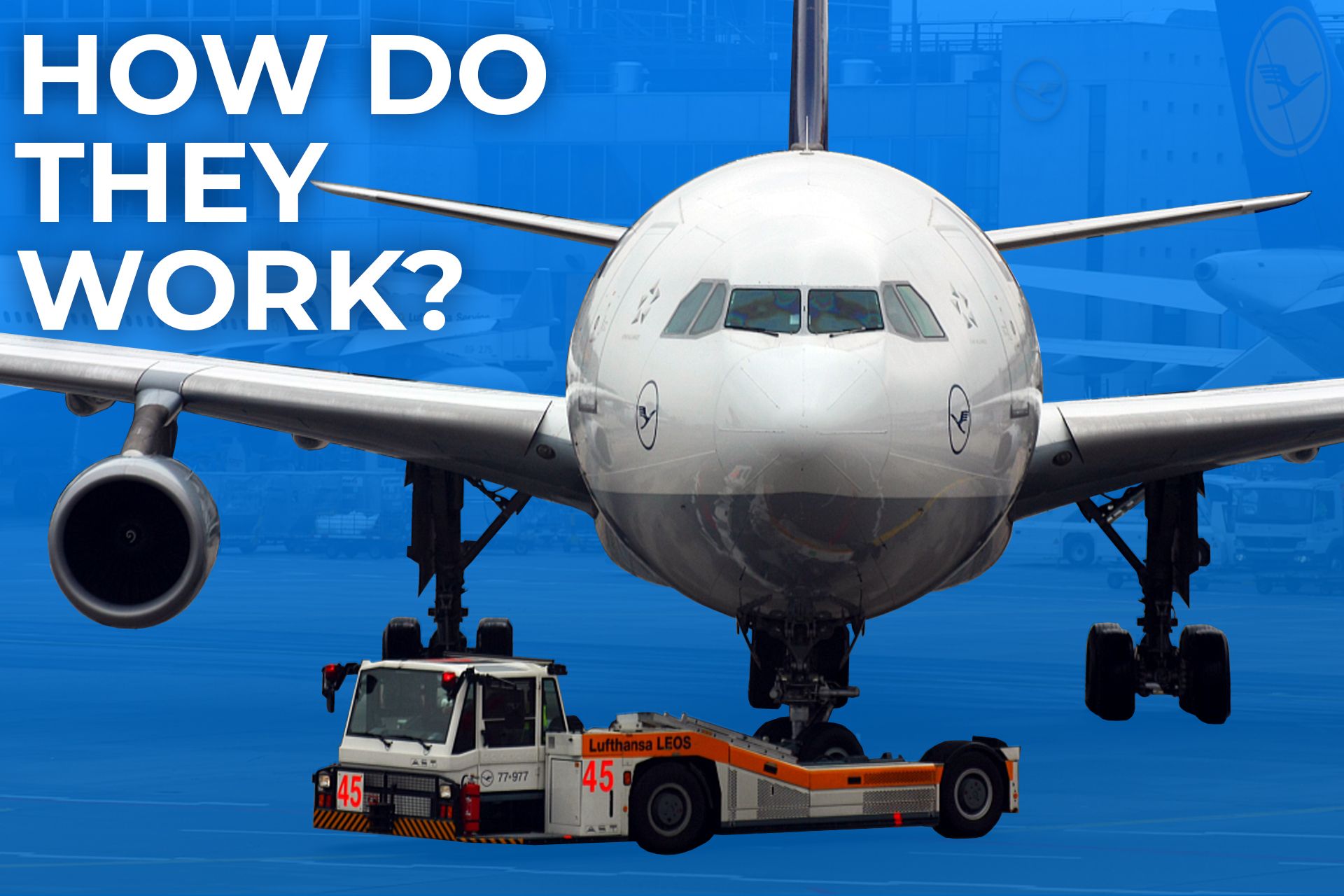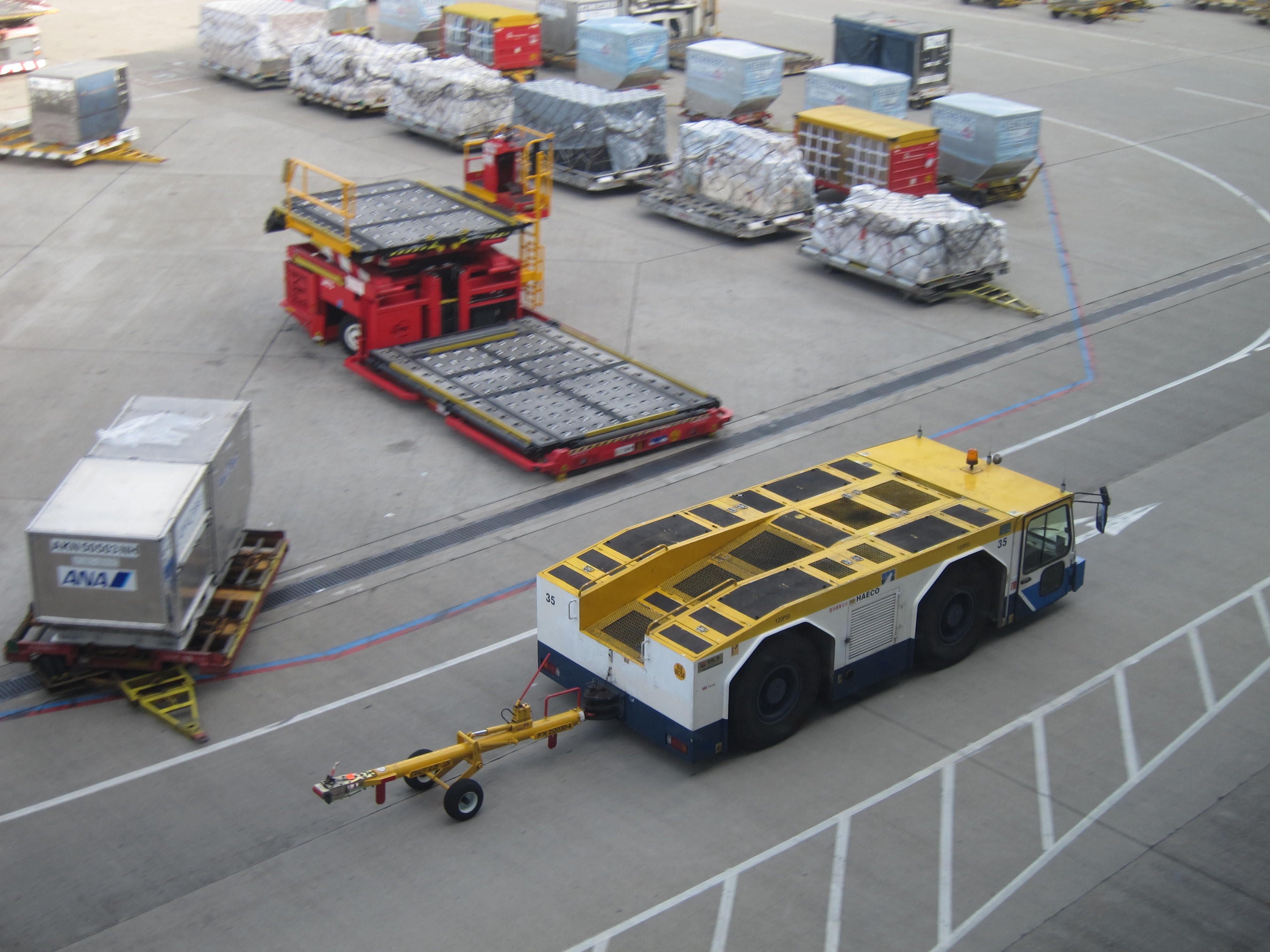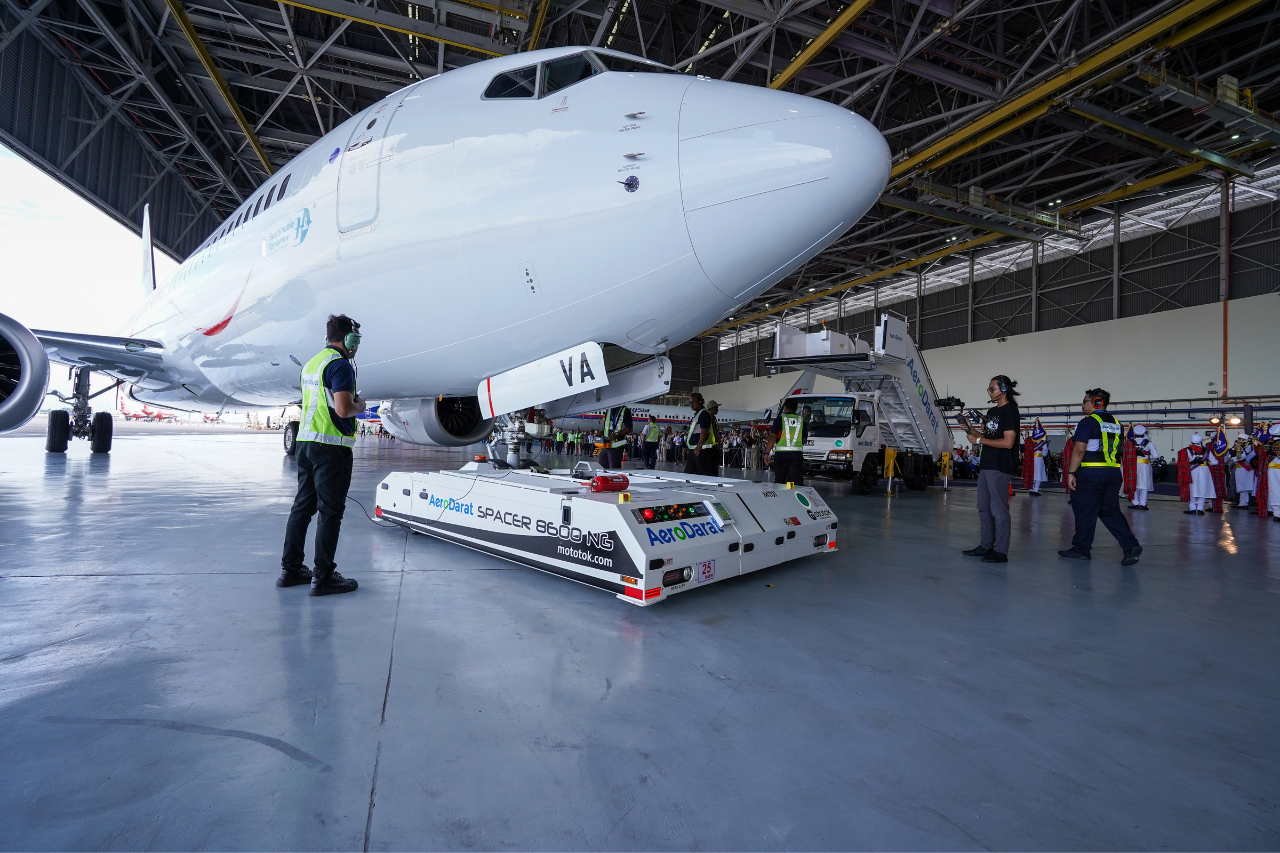Summary
- Towbarless tugs use hydraulics to lift the nose wheel, saving time and simplifying pushbacks.
- Towbarless tugs don’t require as much space as traditional tugs and offer precise pushback.
- Electric towbarless tugs are more eco-friendly and allow pushbacks in indoor spaces, reducing emissions.
Many modern airlines can move backwards using thrust reversers without needing a tow tug. However, this is not practiced due to safety issues, including potential hazards and injuries to ground personnel, damage to the building, noise, and extensive emissions. As such, tow tugs push aircraft from the gate onto the taxiway.
Pushback tugs are specially designed tractors that fit underneath the aircraft and onto the nose gear to move the aircraft. While pushback tugs may look small and low, they weight up to 54 tons, and can move some of the largest and heaviest aircraft. Conventional tugs use a tow bar that attaches to the nose gear. However, newer, more efficient tugs are designed as towbarless tugs.
This article highlights the design and functionality of the towbarless tugs and how these compare to conventional tugs.
Conventional tugs use a tow bar
Conventional pushback tugs use a metal tow bar connected to the tug and the plane’s nose landing gear. To avoid the landing gear being overstressed when the aircraft is pushed back, the tow bar has a shear pin that snaps and disconnects it from the plane.
The ground handlers control the pushback and steering because the pilots cannot see what is behind them. A bypass pin is installed on some aircraft to disconnect the nose gear wheels from the steering mechanism temporarily. Once the pushback is complete, the ground handler will hold the pin in the air to show the pilots that it has been removed.

Related
Lufthansa Now Has 2 Electric Tow Vehicles In Frankfurt
The clean and ultra-modern vehicles set a new standard for ground support equipment.
Towbarless tugs slide under the nose wheel and lift
Towbarless tugs advantages
- Aircraft Lifting Procedure: The lifting procedure is safer because the tug supports the weight of the aircraft nosewheel and uses the aircraft weight to balance.
- Maneuvering with the electric aircraft tug: The maneuvering procedure is non-polluting, clean, and efficient.
- Aircraft Setting Down Procedure: The setting down procedure is safer because the towbar cannot bend or break, causing an aircraft to roll away without brakes.
As highlighted by AIRLIFT, unlike conventional towbar tractors, towbarless tugs do not use a tow bar. Rather than connecting themselves to the nose gear, they lift the nose landing gear wheels off the ground using hydraulics. This saves all the time involved in attaching the tow bar to the plane and the tractor. It also frees up the ramp by removing the complexity of where to store the tow bars.
Because of how it works, towbarless tractors do not need to be as big as traditional tractors, as the aircraft nose wheel provides the necessary weight and downward force. Also, unlike a tug that needs a tow bar, a towbarless tractor does not, as it has a single pivot point rather than two. This allows for a more straightforward and more precise pushback.
In recent years, more airlines have moved away from diesel-powered tugs and are using electric towbarless tugs for aircraft pushbacks. Not only are electric tugs more environmentally friendly, but they also allow tugs to be used in indoor spaces like aircraft hangers, as there are no fumes to worry about.
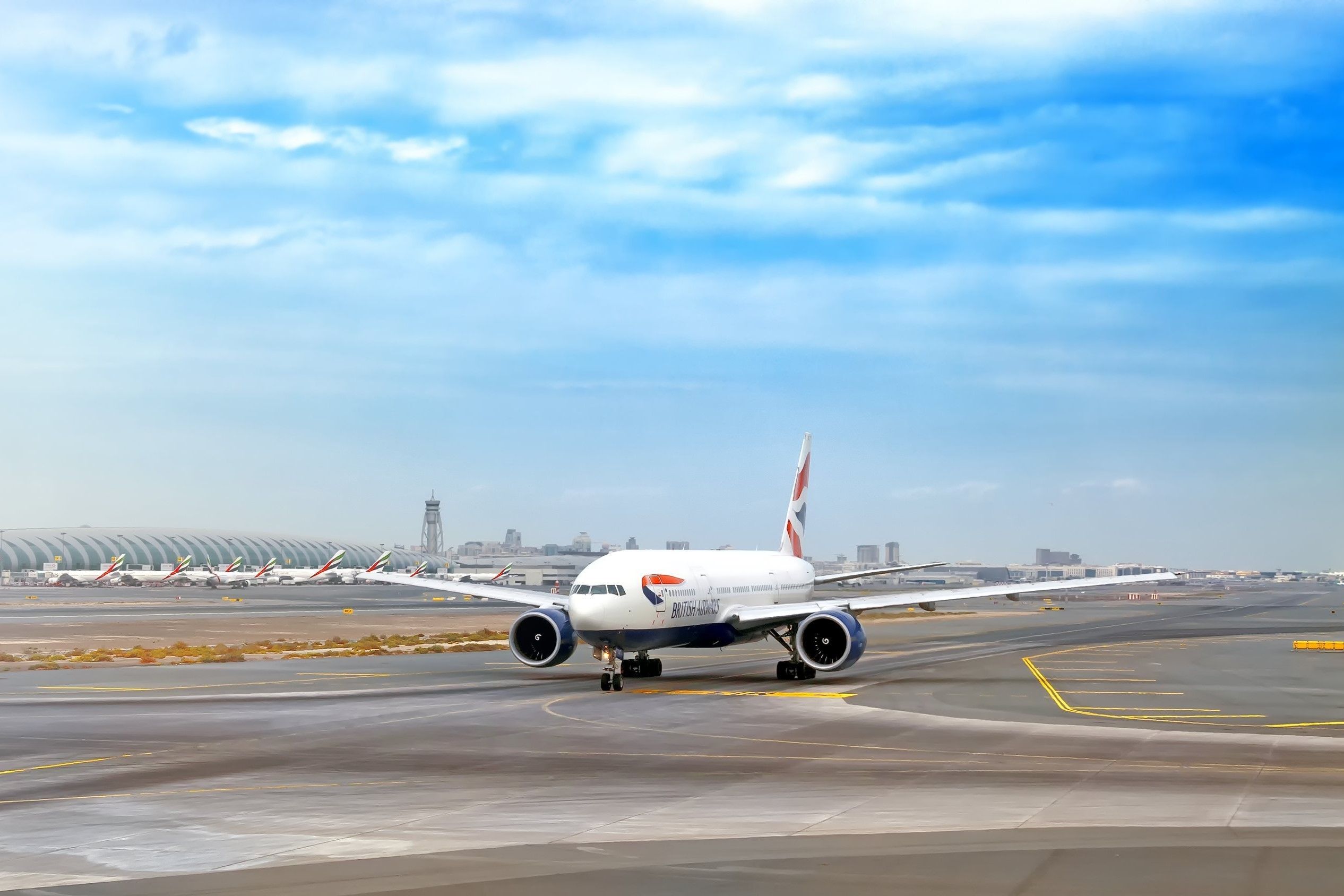
Related
How Do Pilots Navigate The Complex Taxiways Of Major Airports?
Pilots rely on advanced equipment and other cockpit resources for navigation.
Efficiency benefits of towbarless trucks
Increased operator visibility
The towbarless tractor design eliminates most blind spots while offering increased visibility for ground crews. The low-profile design aids in vehicle-related obstacles during lifting and releasing procedures.
Easy maneuverability
WIth increased visibility, towbarless trucks can maneuver into tighter spaces while still being within safe operation limits. Their ability to efficiently perform 90-degree turns provides greater flexibility in operations.
Optimized control and braking
As highlighted by Tronair, Towbarless aircraft tugs use hydrostatic regenerative braking as a more effective and efficient way to bring the tug to a stop. With the regenerative braking system, quick and hard jolts can be eliminated, and the risk of jack-knifing is minimized. Tronair states,
“A towbarless tug will not coast when the operator removes their foot from the accelerator with this system. Instead, they’ll “brake down” slowly, which will allow them to come to a smoother stop.”
Photo: Malaysia Airlines
TaxiBots could be the future
Looking to the future, the Lahav Division of Israel Aerospace Industries has developed a semi-robotic towbarless tug it calls a “TaxiBot.” Rather than push the aircraft back from the gate, the TaxiBot transports the plane from the gate to the runway (taxi-out phase).
After landing (taxi-in phase), the TaxiBot meets the aircraft as it departs the runway and takes it to the gate. Using a TaxiBot would eliminate the need to burn fuel taxiing to and from the runway, potentially saving airlines billions of dollars. The TaxiBot has a driver who ensures that the plane’s nose wheel is lifted correctly, but after that, the pilots in the aircraft control it from the cockpit.
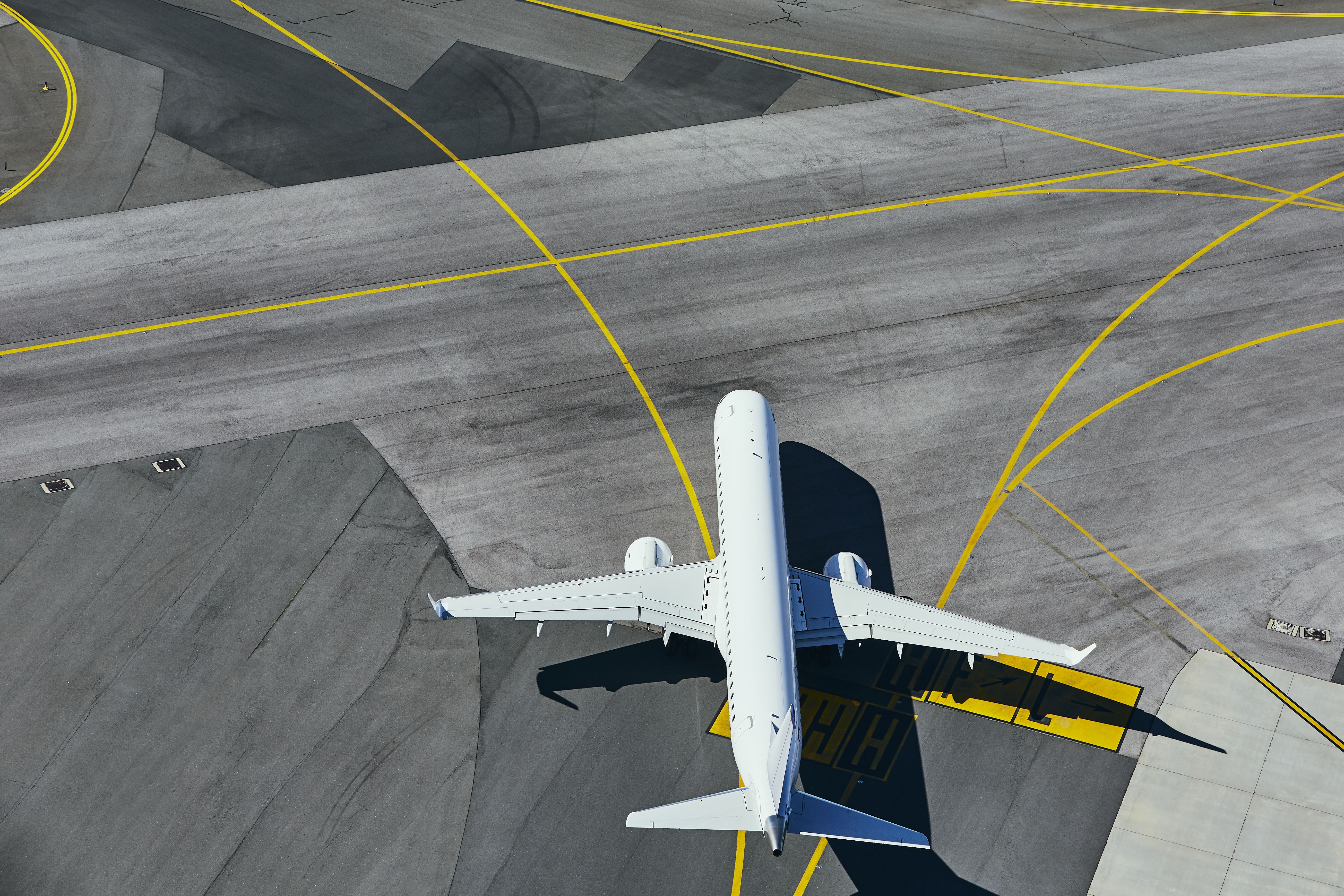
Related
Taxi Speeds: The Rules, Procedures & Practices That Influence Taxiing
Fast or slow, long or short: There’s a reason for it all.
What are your thoughts on towbarless tugs? Have you spotted one during your trip? Share your views in the comments section.

